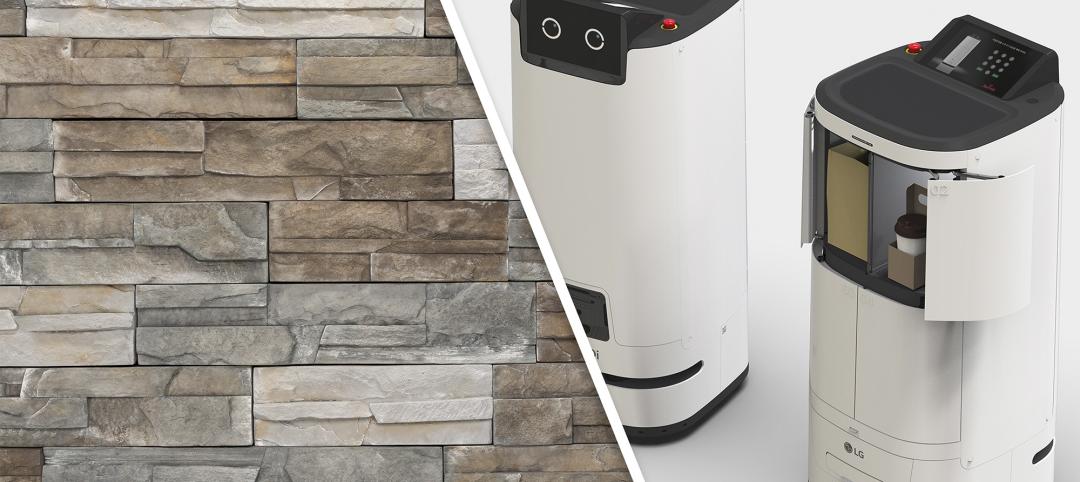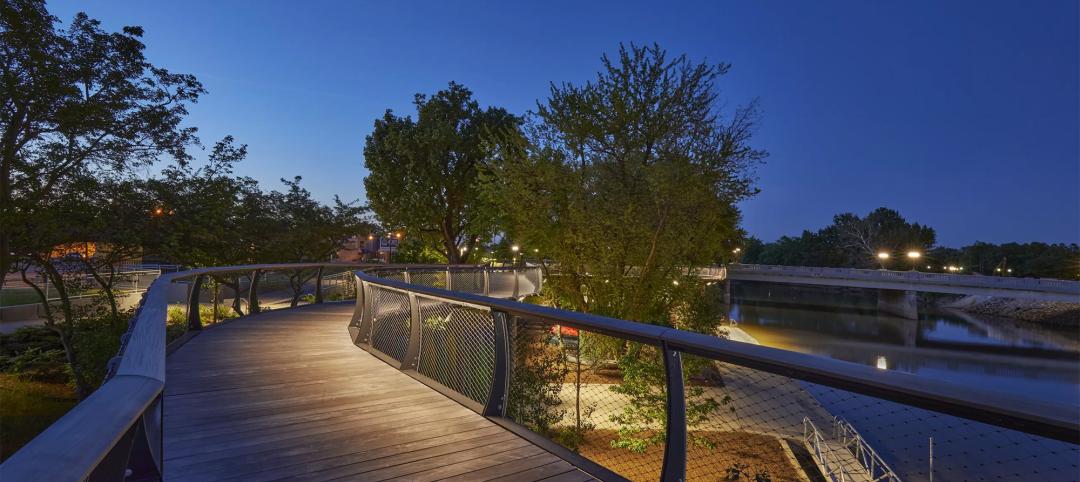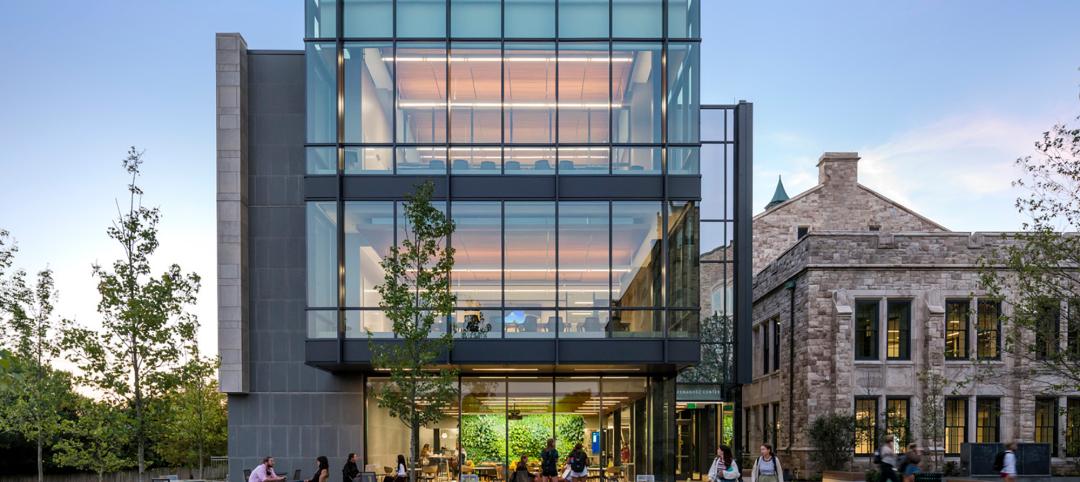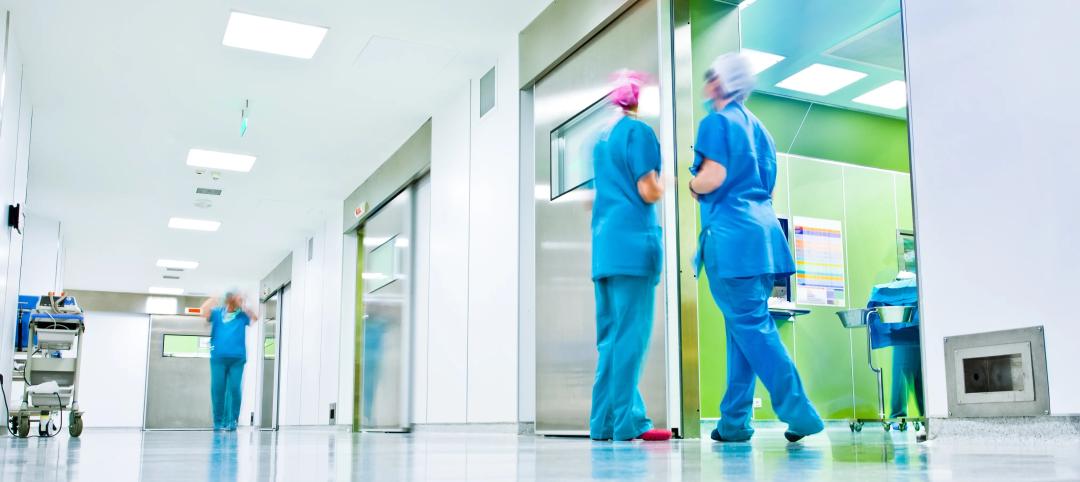Intelligent lighting is a growing trend in commercial lighting today. An array of new capabilities is possible with lighting that is programmable, network-able, and capable of learning to adjust to human activities. The versatility and adaptability of LED lighting has multiple benefits in numerous settings because of its potential to increase productivity, occupancy satisfaction, and the general health of people living, working, or visiting in intelligently lit locations.
Intelligent, or also smart, lighting has all the performance options that were possible with previous technologies, and quite a few that were not. Light levels can always be adjusted, of course, but not just manually anymore. Smart lighting can adjust levels in many new ways, including 1) automatically to maintain consistent light, day or night; 2) remotely over the Internet from a PC or mobile app; 3) in a programmed pattern that reinforces circadian rhythms; or 4) in response to humans entering or leaving a room.
It is also possible to adjust the color of the light whenever it is desired, and not just when the lighting instrument is installed. For example, a warm tone may be ideal in hospitals for a patient’s room in the evening, when the low blue light levels are more conducive to sleep. But balanced light would be better during the day when sharper minds are needed, such as during classroom lessons in schools. Color changes can also be programmed to occur automatically on a schedule, or in response to other conditions.
Smart lighting is also an integral part of the growing Internet of Things (IoT). In practical terms, IoT involves individual instruments or entire systems that can be controlled from a central computer in the building, or from an app on a mobile phone half a world away. IoT is also defined as the communication between Internet-enabled devices that are computer-controlled and networked alongside each other, such as mobile phones and computers. For owners and facility managers, intelligent systems like smart lighting can greatly benefit not just their day-to-day management of physical assets, but also the long-term sustainability and cost initiatives of their buildings.
There are also options for the power supply and control connection of an LED smart lighting system. They may be powered by a common AC current with a transformer and controlled wirelessly via a computer interface. However, because LEDs run on low-voltage electricity—typically in the range of 4-6 volts—many cutting-edge systems will use Power over Ethernet (PoE), where a single low-voltage cable supplies both the lighting energy and computer control signals. Such systems can be hooked up by an in-house IT personnel instead of an outside electrician. By connecting to an existing ethernet system, facilities can combine tasks and speed up installation.
The result of all the above is a system with extraordinary versatility and adaptability. When McLaren Health Care in Michigan upgraded 11 of its primary hospitals to 100% LED lighting—which included widespread deployment of Cree SmartCast® intelligent light fixtures controlled wirelessly—they reaped a broad range of benefits. In addition to estimated savings of $1.6 million annually ($1.25 million of that in energy cost reduction alone), they helped improve patient experience as well as staff satisfaction and performance. For example, staff in areas such as nursing stations, libraries, and IT reported deep appreciation in having the new lighting system so well “dialed-in” to be able to dim to their personal comfort levels.
Because of the large savings in energy and maintenance cost that can be enabled by LED smart lighting systems, the other harder-to-quantify benefits may often be overlooked. However, with patient satisfaction now linked to hospital reimbursement rates, and the healthcare marketplace becoming increasingly competitive, those performance benefits are significant. Similar benefits apply to other industries, as well—smart lighting can be found in building sectors such as education, hospitality and retail. If LED smart lighting can increase productivity and improve employee health and job satisfaction (and thus employee retention) while also lowering maintenance costs and labor, the picture of the LED future is even brighter than most people realize.
Related Stories
Products and Materials | Jul 31, 2024
Top building products for July 2024
BD+C Editors break down July's top 15 building products, from Façades by Design to Schweiss Doors's Strap Latch bifold door.
75 Top Building Products | Apr 22, 2024
Enter today! BD+C's 75 Top Building Products for 2024
BD+C editors are now accepting submissions for the annual 75 Top Building Products awards. The winners will be featured in the November/December 2024 issue of Building Design+Construction.
Lighting | Mar 4, 2024
Illuminating your path to energy efficiency
Design Collaborative's Kelsey Rowe, PE, CLD, shares some tools, resources, and next steps to guide you through the process of lighting design.
75 Top Building Products | Dec 13, 2023
75 top building products for 2023
From a bladeless rooftop wind energy system, to a troffer light fixture with built-in continuous visible light disinfection, innovation is plentiful in Building Design+Construction's annual 75 Top Products report.
Products and Materials | Sep 29, 2023
Top building products for September 2023
BD+C Editors break down 15 of the top building products this month, from smart light switches to glass wall systems.
Adaptive Reuse | Jul 6, 2023
The responsibility of adapting historic university buildings
Shepley Bulfinch's David Whitehill, AIA, believes the adaptive reuse of historic university buildings is not a matter of sentimentality but of practicality, progress, and preservation.
Codes | Mar 2, 2023
Biden Administration’s proposed building materials rules increase domestic requirements
The Biden Administration’s proposal on building materials rules used on federal construction and federally funded state and local buildings would significantly boost the made-in-America mandate. In the past, products could qualify as domestically made if at least 55% of the value of their components were from the U.S.
Intelligent Lighting | Feb 13, 2023
Exploring intelligent lighting usage in healthcare, commercial facilities
SSR's Todd Herrmann, PE, LEEP AP, explains intelligent lighting's potential use cases in healthcare facilities and more.
Building Materials | Nov 2, 2022
Design for Freedom: Ending slavery and child labor in the global building materials sector
Sharon Prince, Founder and CEO of Grace Farms and Design for Freedom, discusses DFF's report on slavery and enforced child labor in building products and materials.
BAS and Security | Oct 19, 2022
The biggest cybersecurity threats in commercial real estate, and how to mitigate them
Coleman Wolf, Senior Security Systems Consultant with global engineering firm ESD, outlines the top-three cybersecurity threats to commercial and institutional building owners and property managers, and offers advice on how to deter and defend against hackers.

















